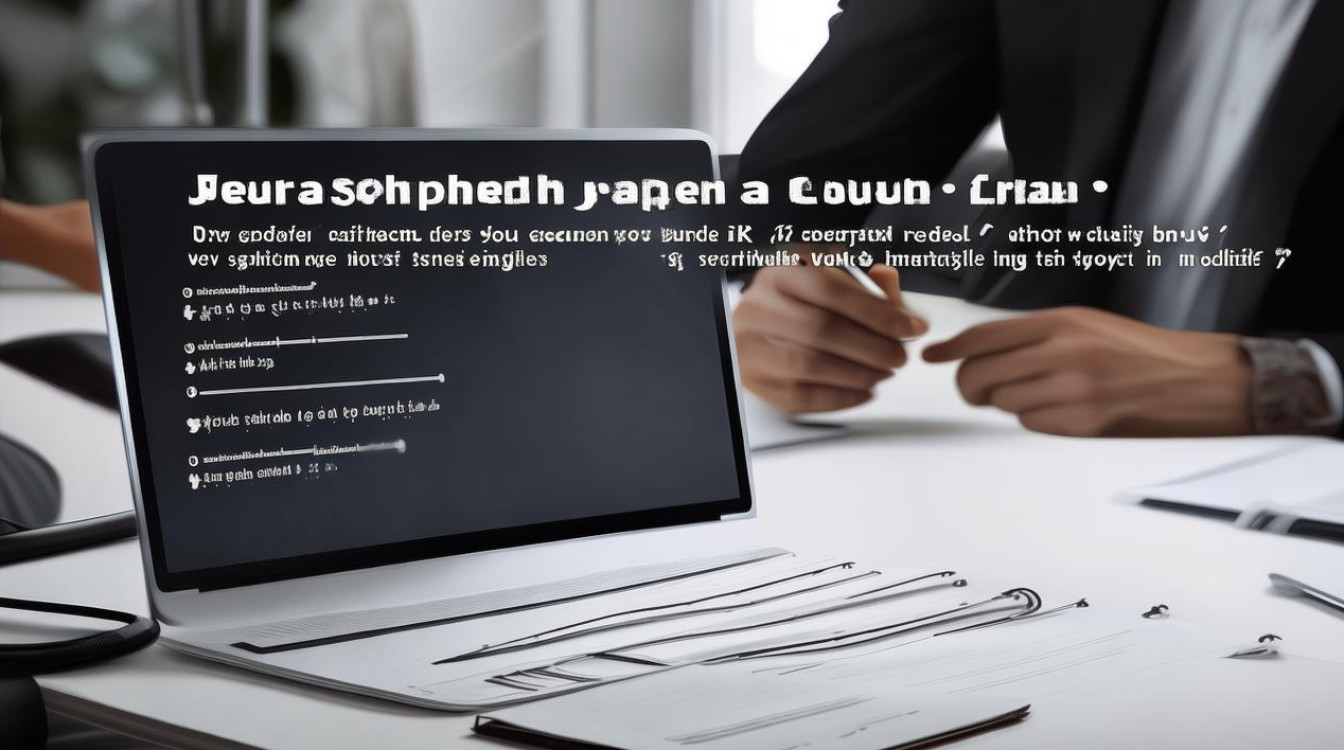在商务或日常交流中,商定日程(Scheduling a Meeting)是高频场景之一,无论是安排会议、协调时间,还是调整计划,流利的英语表达能提升沟通效率,本文提供实用的对话技巧、常见句型,并结合最新行业数据,帮助访客掌握专业表达方式。

商定日程的核心句型
提出会议邀请
- "Would you be available for a meeting on [date] at [time]?"(您[日期][时间]有空参加会议吗?)
- "I’d like to schedule a call to discuss [topic]. When works for you?"(我想安排一个电话讨论[主题],您什么时候方便?)
协商时间
- "How does [alternative date/time] sound?"([备选日期/时间]您觉得如何?)
- "I’m afraid I have a conflict. Could we reschedule to [new time]?"(抱歉时间冲突,能否改到[新时间]?)
确认细节
- "To confirm, we’ll meet on [date] at [time] via [platform]."(确认一下,我们将于[日期][时间]通过[平台]会面。)
- "Please let me know if any changes are needed."(如需调整请告知。)
最新行业数据:远程会议趋势
根据2024年 Gartner 发布的《未来工作模式报告》,全球企业会议安排呈现以下趋势:
| 关键指标 | 2023年数据 | 2024年预测 | 变化趋势 |
|---|---|---|---|
| 远程会议占比 | 72% | 78% | ↑ 6% |
| 平均会议时长 | 42分钟 | 38分钟 | ↓ 4分钟 |
| 使用AI调度工具的企业 | 35% | 48% | ↑ 13% |
数据来源:Gartner (2024), "The Future of Meetings in Hybrid Work Environments"
这一数据表明,高效安排日程的需求持续增长,而掌握清晰、简洁的英语表达尤为重要。

常见场景对话示例
场景1:协调跨时区会议
A: "We need to align with the Tokyo team. Their working hours are 9 AM to 6 PM JST (UTC+9). What’s your availability?"
B: "I’m free between 8 AM to 11 AM UTC. Would 9 AM UTC (6 PM JST) work?"
提示:使用时区转换工具(如World Time Buddy)可避免混淆。
场景2:紧急调整会议时间
A: "Something urgent came up. Can we move the 3 PM meeting to tomorrow?"
B: "No problem. How about 10 AM tomorrow? I’ll update the calendar invite."

提升专业度的技巧
-
明确优先级
- 使用 "High-priority" 或 "Time-sensitive" 标注紧急会议。
- 例:"This is a time-sensitive discussion. Can we meet today?"
-
利用技术工具
- 推荐工具:Calendly(自动协调时间)、Zoom Scheduler(集成视频会议)。
-
避免模糊表达

- 错误示例:"Maybe we can talk next week?"
- 正确示例:"Are you available on Tuesday or Wednesday afternoon?"
文化差异注意事项
- 欧美企业:习惯提前1-2周预约,临时邀约可能被视为不专业。
- 亚洲企业:灵活性较高,但需确认对方是否接受非工作时间沟通。
掌握商定日程的英语对话不仅能提升职业形象,还能减少沟通成本,根据 Harvard Business Review 的研究,清晰的日程沟通可降低40%的会议延期率,建议结合数据趋势与实用句型,灵活应对不同场景。











